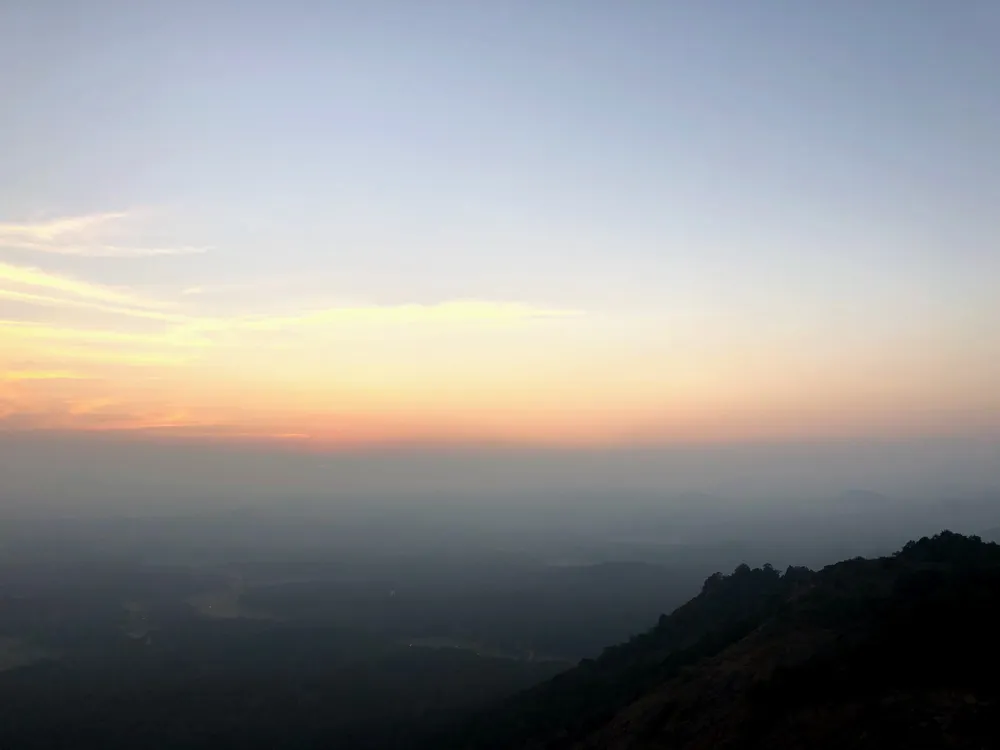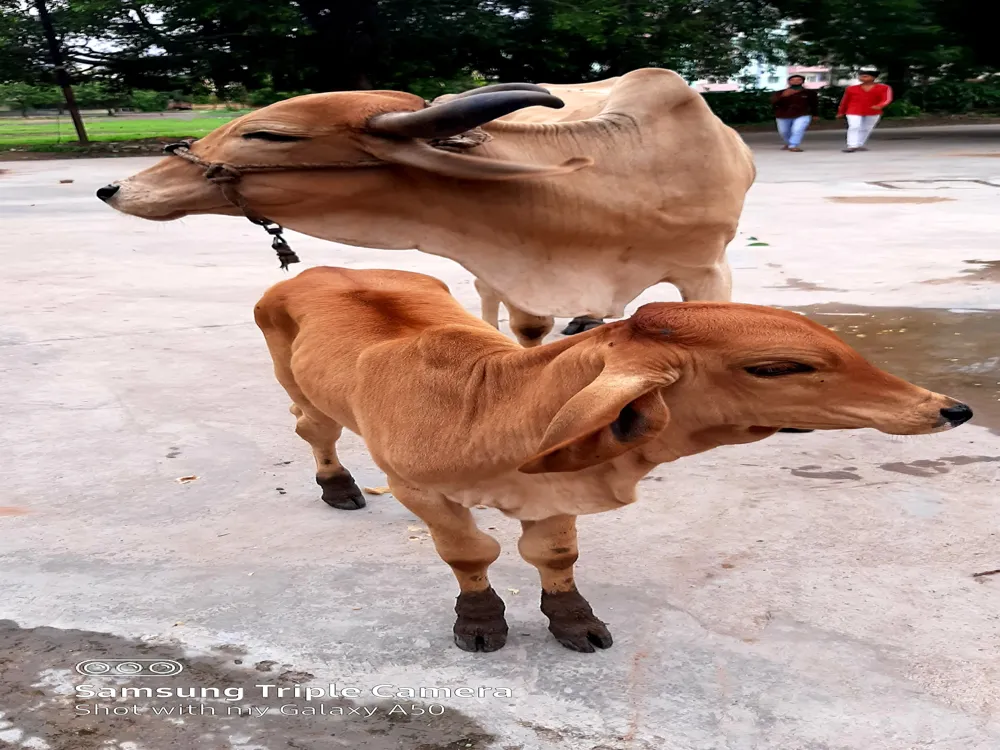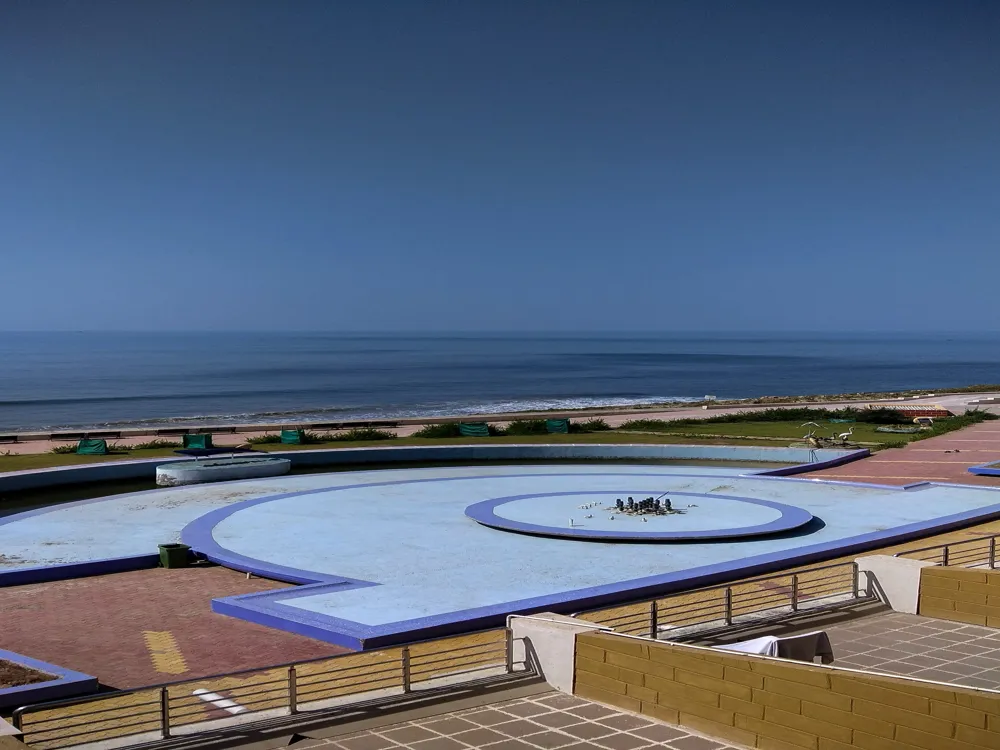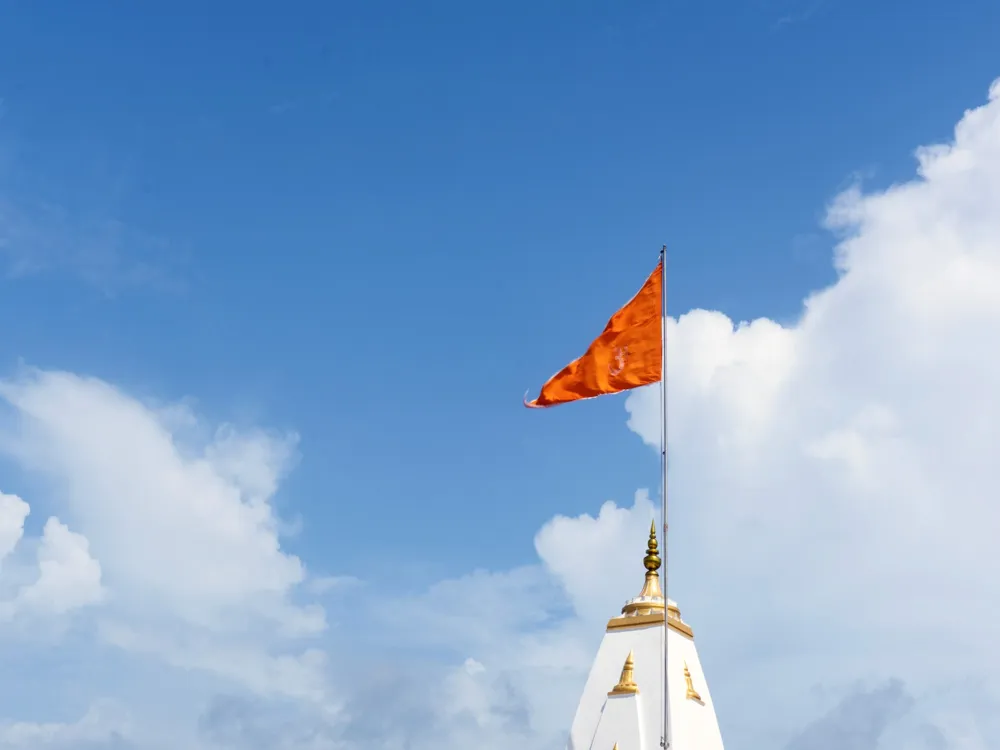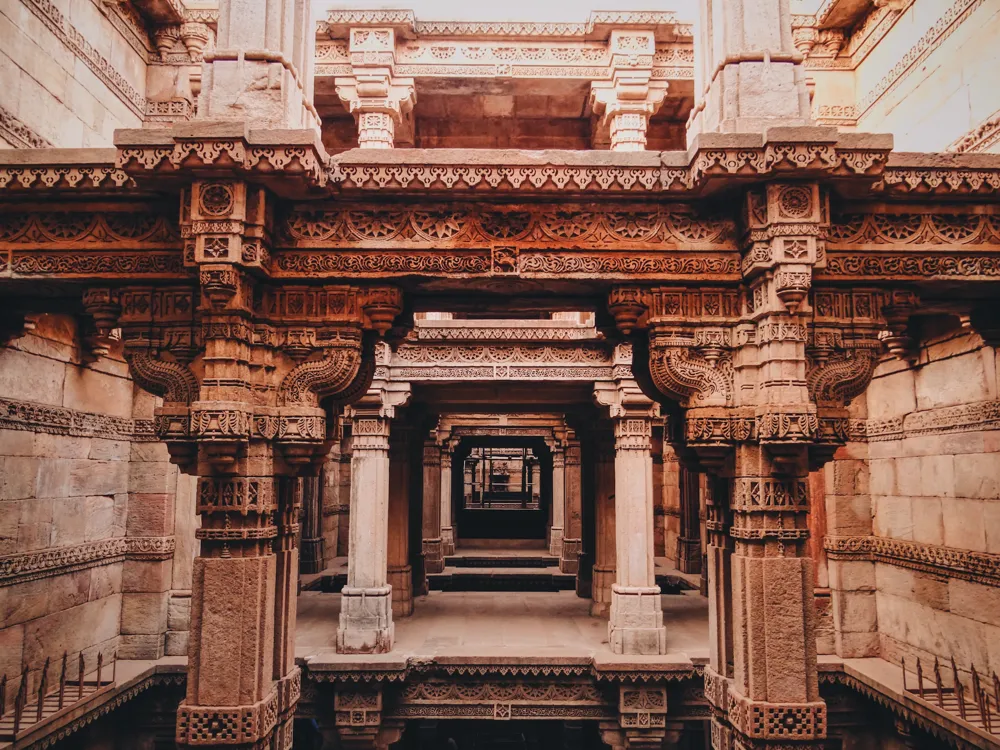The Jama Masjid of Junagadh, located in the historic city of Junagadh in Gujarat, India, stands as a testament to the region's rich cultural and architectural heritage. This mosque, a jewel in the crown of Junagadh, has captivated visitors with its majestic presence and intricate designs. It is not just a place of worship but a symbol of the harmonious blend of cultures and traditions that have flourished in this part of India. The history of Jama Masjid dates back to the 15th century, during the reign of the Mughal Empire. It was constructed under the patronage of Sultan Mahmud Begada, who was known for his architectural passion and contribution to Islamic architecture in the region. The mosque has withstood the test of time, surviving various historical events and still standing tall, narrating the tales of the bygone era. The structure of the mosque showcases the Islamic architectural style blended with local influences, making it a unique monument. Visitors to Jama Masjid are greeted with a sprawling courtyard, surrounded by a colonnade, which leads to the main prayer hall. The mosque's facade is adorned with intricately carved windows and balconies, each telling a story of its own. The grand central dome, flanked by smaller domes and slender minarets, creates a striking skyline that can be seen from various parts of the city. The use of local yellow sandstone in its construction adds to the mosque's beauty, especially during the golden hours of sunrise and sunset. The Jama Masjid of Junagadh is a masterpiece of Indo-Islamic architecture, reflecting a blend of aesthetic sensibility and structural expertise. The mosque's architectural style is influenced by the Mughal era, interspersed with local Gujarati elements. This fusion creates a distinctive look that sets it apart from other Islamic monuments in India. The mosque's layout follows the traditional Islamic pattern, featuring a central courtyard surrounded by arcades. The prayer hall, located on the west, facing Mecca, is the focal point of the mosque. The hall is supported by intricately carved pillars, leading up to the mihrab and minbar, which are exquisitely designed. The use of jali work (lattice screens) allows natural light to filter through, creating an ethereal atmosphere inside the hall. One of the most striking features of Jama Masjid's architecture is its domes. The central dome, larger and more ornate, dominates the structure, while smaller domes surround it, creating a harmonious symmetry. These domes are not just aesthetically pleasing but also serve an acoustic purpose, enhancing the sound of prayers within the hall. Visitors should wear modest clothing covering shoulders and knees, respecting the mosque's religious significance. Early morning or late afternoon is ideal for visiting, to avoid the midday heat and to witness the mosque in different lighting. Photography is allowed, but visitors should avoid taking pictures during prayer times and seek permission before photographing individuals. Opt for a guided tour to gain deeper insights into the mosque's history and architecture. Non-Muslim visitors are typically welcome but should avoid entering the main prayer hall during prayer times. Jama Masjid, located in the heart of Junagadh, is easily accessible by various modes of transportation. The nearest airport is the Rajkot Airport, which is about 102 kilometers away. Visitors can hire a taxi or take a bus from the airport to reach Junagadh. For those preferring train travel, the Junagadh Railway Station is well-connected to major cities in India. Local transportation in Junagadh, including buses and auto-rickshaws, is readily available for visitors to reach the Jama Masjid comfortably. Read More: Overview of Jama Masjid, Junagadh
Architecture of Jama Masjid, Junagadh
Tips When Visiting Jama Masjid, Junagadh
Dress Appropriately
Best Time to Visit
Photography Guidelines
Guided Tours
Respect the Prayer Areas
How To Reach Jama Masjid, Junagadh
Jama Masjid, Junagadh
Junagadh
Gujarat
NaN onwards
View junagadh Packages
Junagadh Travel Packages
View All Packages For Junagadh
Top Hotel Collections for Junagadh

Private Pool

Luxury Hotels

5-Star Hotels

Pet Friendly
Top Hotels Near Junagadh
Other Top Ranking Places In Junagadh
View All Places To Visit In junagadh
View junagadh Packages
Junagadh Travel Packages
View All Packages For Junagadh
Top Hotel Collections for Junagadh

Private Pool

Luxury Hotels

5-Star Hotels

Pet Friendly






